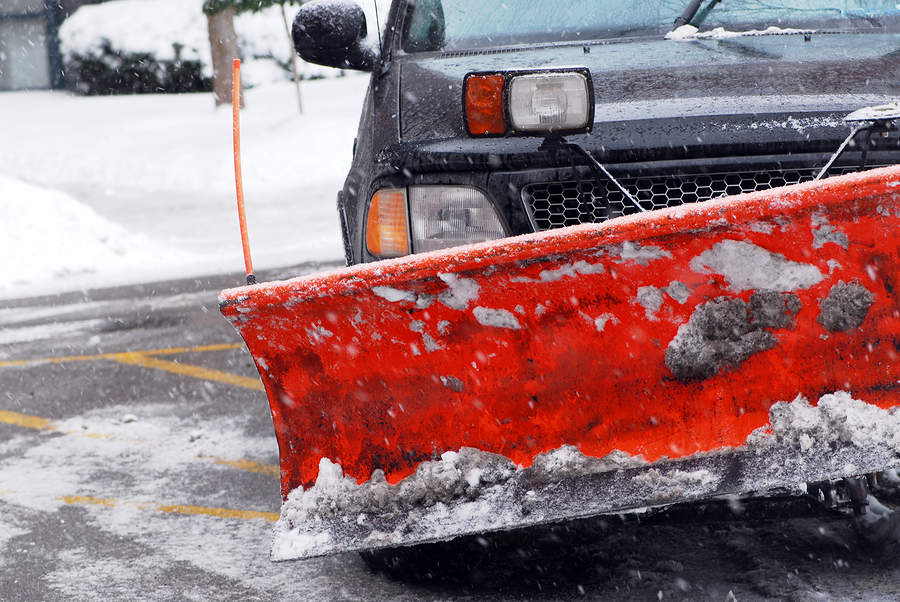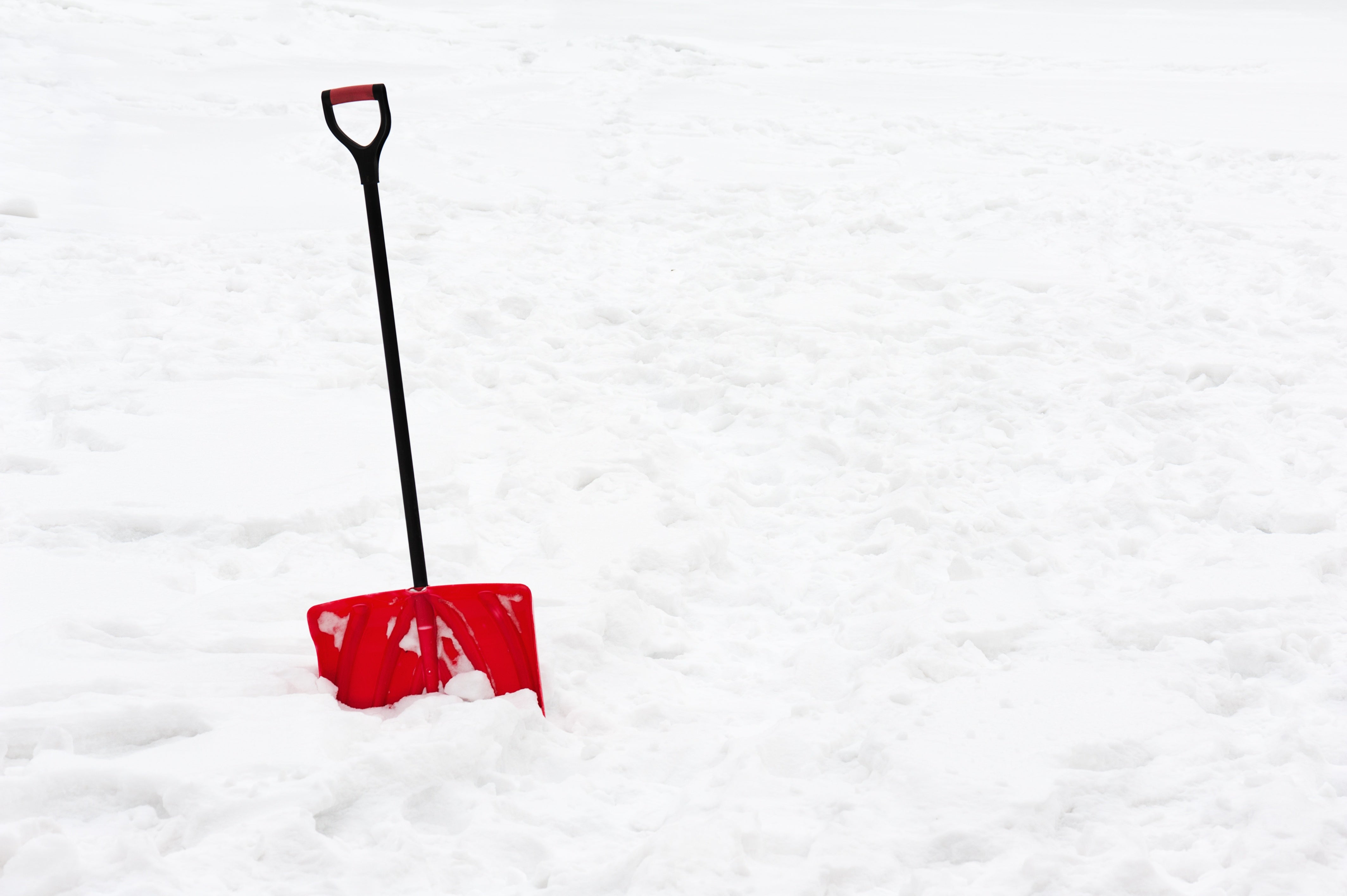Until it’s been completely covered in snow, you may not have considered how important your driveway is to your overall well-being during the winter months. Your driveway is the means to get safely to and from your home, so, when the snow falls, it’s imperative that you have a solid residential snow-removal plan in place.
Being safe on your driveway is crucial, especially when you consider the danger of slip-and-fall accidents and issues such as black ice. However, the integrity of your driveway surface is also important. Depending upon the material it’s made of, a driveway is often a costly aspect of owning a home. Repairs can be a burdensome and unwelcome expense come springtime.
While it’s important to remove snow from your driveway, it’s also important to find the right method of snow removal to avoid unnecessary damage. Although you can purchase or rent snow plow equipment and do the work yourself, employing the services of individuals or companies that use snow plows is a common preference. Unlike methods such as shoveling snow, this snow-removal plan—which can be strenuous and hazardous—allows you to step back and have someone else do the work.
Despite the benefits of using snow plows to avoid bodily pain and injury, as well as some of the damages that can be caused by other popular methods such as spreading rock salt, it’s worth considering whether or not this residential snow-removal method could harm your driveway. But first, we need to understand the ins and outs of show plows.
How Snow Plows Work
Some snow plows are designed to be pushed manually, others to be mounted to the front of a vehicle. The plow consists of a metal blade that is either straight or V-shaped, and those that mount to vehicles typically range from 6 to 9 feet in width.
The bottom edge of the plow blade has an angled scoop while the rest of it is curved so that snow will roll forward and then out of the way. In mounted snow plows the angle of the blade is usually adjusted electrically or hydraulically to better gather and roll snow into non-obstructing piles.
Do Snow Plows Cause Damage to Driveways?
Based on the way a snow plow operates, the potential for damaging your driveway by dragging a heavy metal blade across it is high. If you’re doing the work yourself, or hiring someone local with a plow attached to a vehicle, the only way to avoid damage such as chipping, gouging or cracking is to ensure that the blade stays at least half an inch off of the ground at all times. This can be tricky if surfaces are uneven or snow levels are unclear.
If the services of a professional snow plow company are used, it’s likely that its employees will have more experience with keeping the blade high enough off the surface of the driveway to avoid damage. Likely, but not guaranteed.
The other potential for damage to a driveway is to the aspects that aren’t visible under accumulated snow, such as curbing, borders and landscaped areas. This is a particular risk when snow plow services that are unfamiliar with the layout of the driveway are used.
In summary, while snow plows may not do damage each and every time they are used, the potential is high for it to occur.
Consider the Alternatives
To avoid the damage and repair costs that can result from using a snow plow on your driveway, here are some alternatives to consider:
- Hiring someone to shovel your driveway – Along with a high risk of injury, this common option also presents a liability risk and can be a less efficient method during heavy snowfall.
- Using alternative de-icers – Materials such as urea and calcium chloride are alternatives to rock salt that are more eco-friendly, although they still may have some corrosive effects and their application needs to be maintained. This is an unattractive option during high winds and stormy weather.
- Installing a heated driveway – This is a pretty luxurious and effective alternative for keeping your driveway clear during the winter months. It’s also a very expensive one.
- Using heated driveway mats – This is a “set it and forget it” option. These energy-efficient mats are designed to remain outdoors all winter, are durable enough to drive a car on, and can be controlled remotely from indoors.
When considering a snow-removal plan for your driveway, it’s worth taking into consideration whether your chosen method is effective, cost efficient, and will protect it from damage. Choosing the right snow-removal option for you can mean adding to your peace-of-mind about home safety during winter, and about avoiding costly repairs come springtime.

